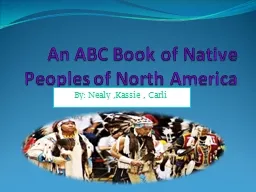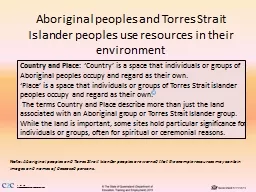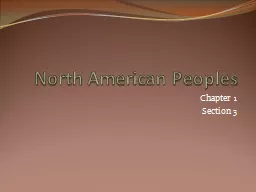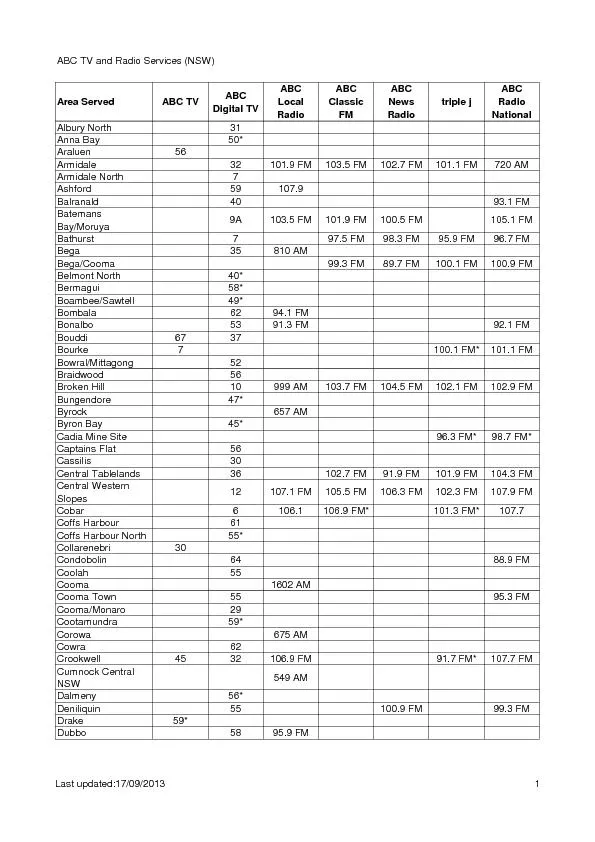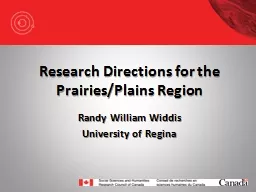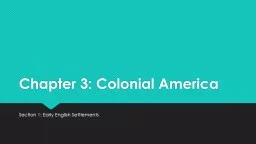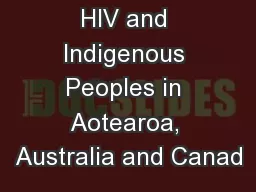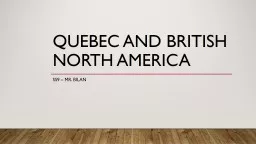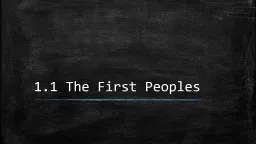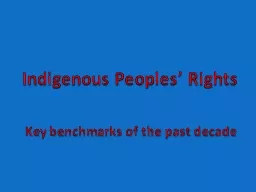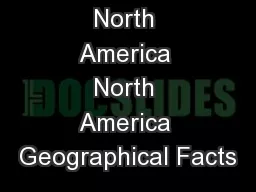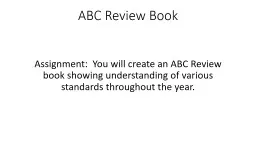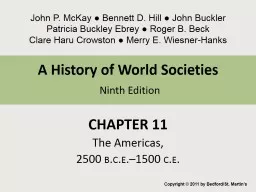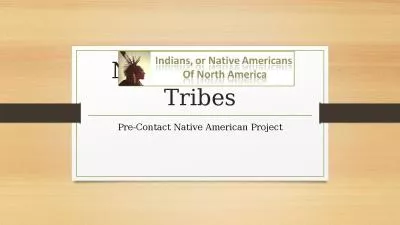PPT-An ABC Book of Native Peoples of North America
Author : crashwillow | Published Date : 2020-08-06
By Nealy Kassie Carli A is for A dobe A type of clay traditionally used as a building material by Native Americans and later Spanish colonists in the Southwest
Presentation Embed Code
Download Presentation
Download Presentation The PPT/PDF document "An ABC Book of Native Peoples of North..." is the property of its rightful owner. Permission is granted to download and print the materials on this website for personal, non-commercial use only, and to display it on your personal computer provided you do not modify the materials and that you retain all copyright notices contained in the materials. By downloading content from our website, you accept the terms of this agreement.
An ABC Book of Native Peoples of North America: Transcript
Download Rules Of Document
"An ABC Book of Native Peoples of North America"The content belongs to its owner. You may download and print it for personal use, without modification, and keep all copyright notices. By downloading, you agree to these terms.
Related Documents

